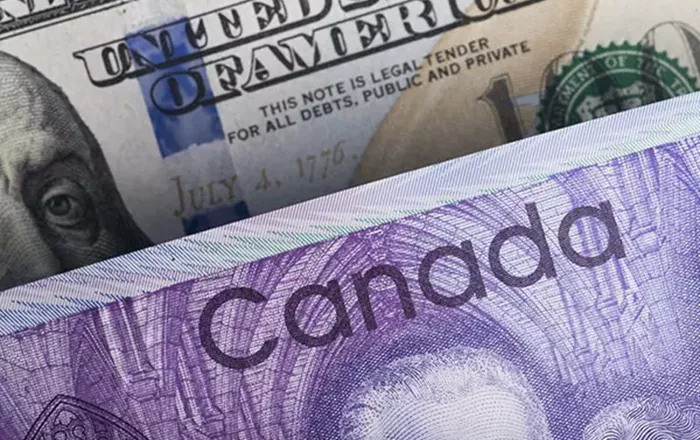The USD/CAD currency pair traded cautiously near 1.3650 on Friday during Asian hours, close to its eight-month low of 1.3635 reached the day before. Investors remained on the sidelines, awaiting key employment data from the United States and Canada, scheduled for release at 12:30 GMT.
The US Nonfarm Payrolls report is expected to show an increase of 130,000 jobs in May, down from 171,000 in April. The unemployment rate is forecast to remain steady at 4.2%. Average hourly earnings, a key wage growth indicator, are predicted to rise moderately by 3.7% year-over-year, slightly below April’s 3.8%.
Earlier this week, the US dollar fell sharply after the ADP report revealed a slowdown in private sector hiring, influenced by mixed signals on tariff policies from President Donald Trump. However, the dollar recovered on Thursday amid optimism about a potential US-China trade deal. The US Dollar Index hovered around 98.80, reflecting this cautious optimism.
President Trump recently posted on Truth.Social about a positive 90-minute call with Chinese leader Xi Jinping. He said the talks ended well for both countries and announced plans for another round of trade negotiations, though no dates were given.
In Canada, the labor market report is expected to show a loss of 15,000 jobs in May, following a modest gain of 7,400 in April. The unemployment rate is anticipated to rise slightly to 7% from 6.9%. This slowdown reflects Canadian businesses pausing hiring amid uncertainty over US tariff policies.
Employment levels significantly impact currency values. Strong job growth supports consumer spending and economic growth, which can boost a currency’s strength. Conversely, a tight labor market with low unemployment can increase wages and inflation, influencing central bank policies.


